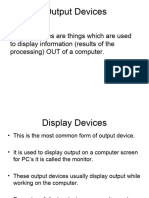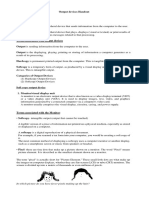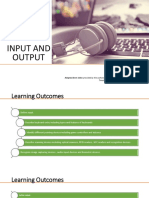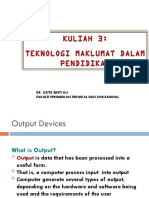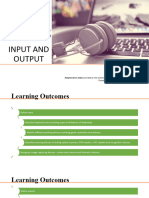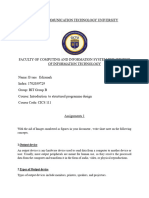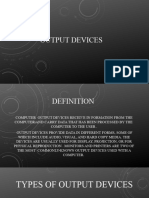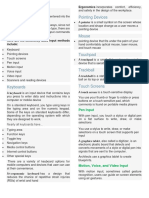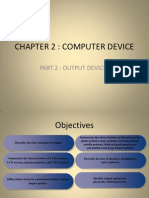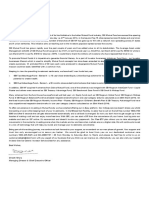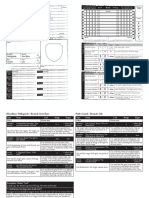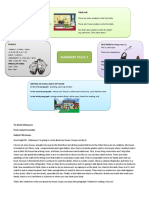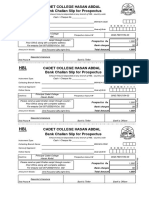0% found this document useful (0 votes)
23 views4 pagesLecture 13
Chapter 5 discusses input and output, focusing on output as processed data presented through various devices like monitors, printers, and audio-output devices. It highlights the characteristics of monitors, including resolution and pixel pitch, and explains different types of printers, such as inkjet and laser printers. Additionally, it covers combination devices, ergonomics, and the impact of computer use on health.
Uploaded by
deartheatrepeople62Copyright
© © All Rights Reserved
We take content rights seriously. If you suspect this is your content, claim it here.
Available Formats
Download as DOCX, PDF, TXT or read online on Scribd
0% found this document useful (0 votes)
23 views4 pagesLecture 13
Chapter 5 discusses input and output, focusing on output as processed data presented through various devices like monitors, printers, and audio-output devices. It highlights the characteristics of monitors, including resolution and pixel pitch, and explains different types of printers, such as inkjet and laser printers. Additionally, it covers combination devices, ergonomics, and the impact of computer use on health.
Uploaded by
deartheatrepeople62Copyright
© © All Rights Reserved
We take content rights seriously. If you suspect this is your content, claim it here.
Available Formats
Download as DOCX, PDF, TXT or read online on Scribd
/ 4








